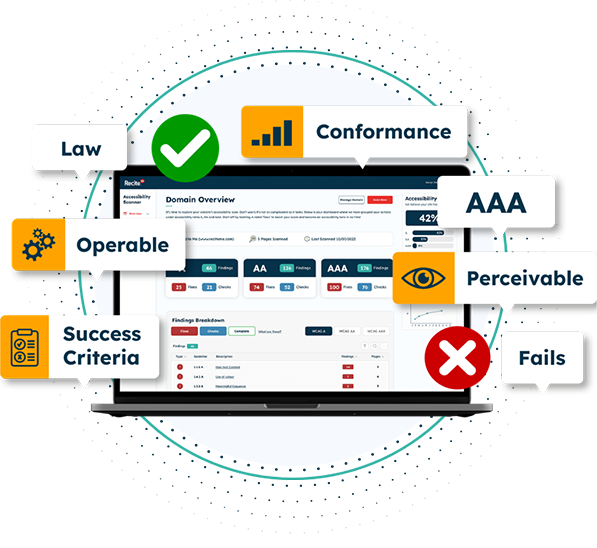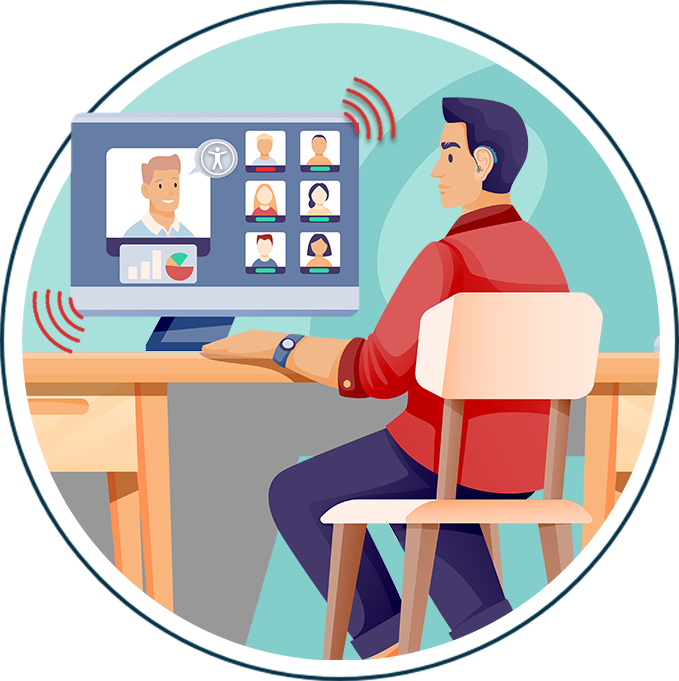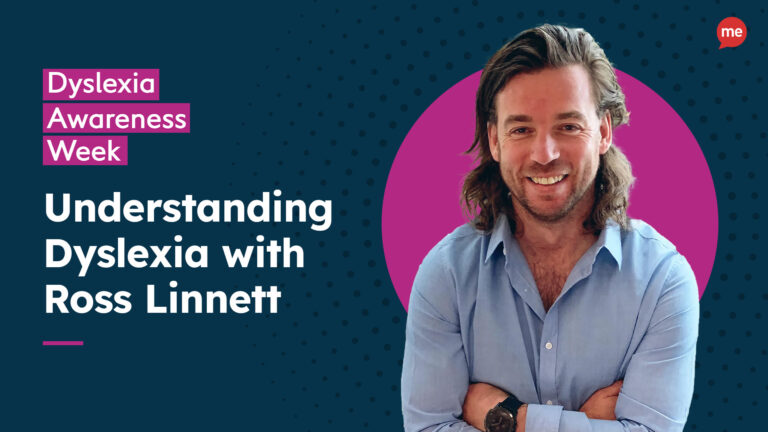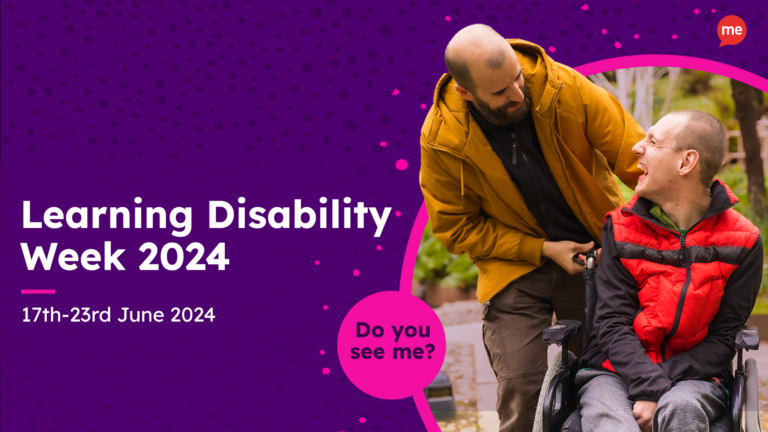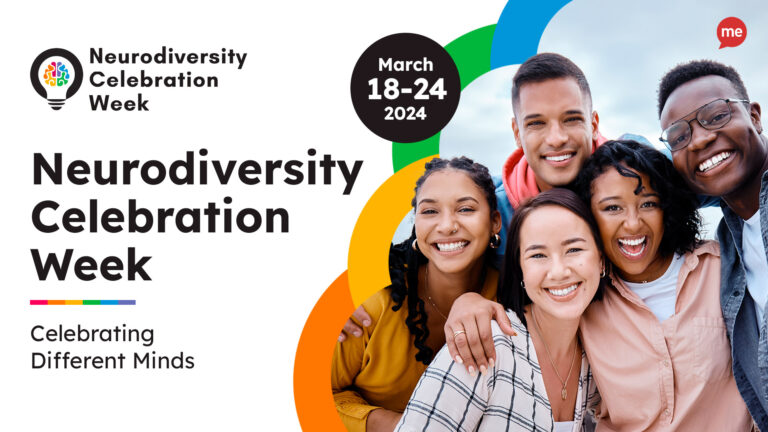Get Your Free Accessibility & Inclusion Toolkit
Download NowDid you know that more than 1.5 billion people (nearly 20% of the global population) live with hearing loss? Furthermore, around 13% of adults experience difficulty hearing, even when using a hearing aid. In a world increasingly reliant on digital and multimedia content, especially video, assistive technology plays an essential role in ensuring equitable online experiences.
In this article, we’ll be delving into how assistive technologies can benefit hearing impaired users, the importance of providing support, and the steps businesses should take to ensure inclusion for all.
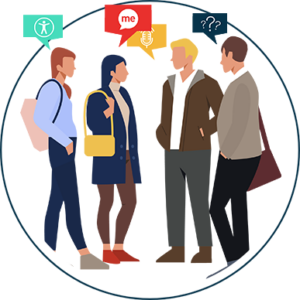
What is Assistive Technology?
Assistive technology is the term used to describe a wide range of devices, tools, software, and equipment specifically designed to aid and enhance the daily lives of individuals with disabilities. It encompasses a vast array of solutions. However, its fundamental purpose remains consistent: to break down barriers and enable those with disabilities to engage more fully in society.
By harnessing the power of assistive technology, organisations can empower their entire target audience to overcome the challenges they face, and, in doing so, enhance their independence, autonomy, and quality of life.
How Assistive Technology Benefits Deaf and Hard of Hearing Individuals
Many people often ask themselves, who needs Assistive Technologies? The truth is assistive technologies benefit a wide variety of individuals. However, for those who experience deafness and hearing impairments, it is beneficial as it removes barriers and improves the overall quality of life in everyday settings – whether at home, at work, in a learning environment, or social interactions.
However, it’s essential to recognise that assistive technology isn’t about addressing a disability. It’s about bridging communication gaps to make individuals feel more connected in previously challenging situations. The aging population is one group that can really benefit from Assistive Technology for hearing. You can learn more about the benefits of assistive technology for old people here.
Types of Assistive Devices for Hearing Impairments
Assistive devices come in various forms, each one catering to the unique needs of individual users. Here are a few examples of the most common assistive technology and some real-world scenarios to illustrate their importance.
Assistive Listening Devices
Assistive listening devices (ALDs) are a type of high tech assistive technology that help individuals hear more clearly in specific situations by amplifying sounds and reducing background noise. Most helpful in filtering out noise so people can focus on one-on-one conversations, ALDs are typically hand-held amplifiers with inbuilt microphones.
ALDs in Action
Meet Mary, a grandparent with age-related hearing loss. She often attends parent/teacher evenings on behalf of her daughter, who works shifts. Her ALD helps her to focus on the dialogue of each tutor over all the other chatter in the busy school hall.
Augmentative and Alternative Communication Devices
Augmentative and alternative communication (AAC) devices provide alternative means of communication for individuals who can’t rely on spoken language due to severe hearing loss or speech impairments. Often used interchangeably with the term speech-generating device (SGD), AACs usually come in the form of a tablet or laptop. You can learn more about assistive technology for communication here.
AACs in Action
David was born with profound hearing loss. He uses an AAC device with symbols and text-to-speech software to communicate with his family and teachers. Complete with a grid of symbols representing words and phrases to vocalise his messages, the software allows him to effectively express his thoughts, needs, and feelings.
Alerting Devices
Alerting devices provide hearing impaired individuals with visual or tactile cues to enhance safety and awareness when important sounds occur or alarms go off. Also known as signalers or notification devices, they typically use flashing lights and/or vibrations to alert people to various environmental sounds.
Alerting Devices in Action
Jenna is a deaf university student living in campus accommodation. Her alerting device notifies her when the fire alarm goes off via a flashing strobe light in her bedroom. Additionally, her bed is fitted with a vibrating device to wake her in the event the alarm goes off during the night.
Our 40-page Digital Accessibility & Inclusion Toolkit helps businesses break down online barriers and make a real impact. It offers practical advice on all aspects of digital accessibility, from writing an accessibility statement to accessible website tips and inclusive hiring.

Specific Examples of Assistive Technology Solutions for Hearing Impairments
Assistive technology solutions continue to evolve with advances in technology, providing evermore options and improved functionality for individuals with hearing impairments. Here is a list of some of the most commonly used technologies.
Infrared Listening Systems
A popular alternative to an induction/hearing loop system, infrared listening devices are commonly used in theatres, auditoriums, and conference rooms, etc. As the name suggests, they transmit audio signals via infrared light to provide clear audio quality without radio interference.
Personal Sound Amplifier Systems
Personal sound amplifier systems (PSAPs) are portable devices that amplify sound for personal use. Comprised of a microphone, receiver and amplifier, they can be used with headphones or earbuds, and typically come with adjustable settings to allow for customisable amplification based on individual needs.

Audio Induction/Hearing Loop
Commonly used in public spaces like theatres, churches, and transportation terminals, etc., audio induction/hearing loops utilise electromagnetic fields to transmit sound directly to users’ hearing aids or cochlear implants, providing clear audio with reduced background noise.
Frequency Modulation (FM) Systems
Often used in educational settings, FM systems are wireless devices that can be used with both hearing aids and cochlear implants. They consist of a transmitter and receiver that amplify and transmit sound, allowing teachers to communicate directly into students’ receivers.
Bluetooth Systems
Bluetooth connectivity enables wireless streaming of audio content directly to individual hearing devices. Bluetooth technology can be used with either hearing aids or cochlear implants. It allows connectivity to various audio sources and can be used to facilitate hands-free calling and audio control through smartphones.
One-to-One Communicators
These are personal communication devices that help with one-on-one conversations. They filter out environmental noise interference, so it’s easier to talk to someone without shouting. The technology requires active use by both parties in the conversation, with the speaker using a microphone that relays what they say into a receiver in the wearer’s hearing aid or a headset.
Text-Based Services
In today’s digital world, text-based services have become increasingly relevant – primarily due to the proliferation of video content. They provide an alternative means of experiencing audio and video, offering both convenience and inclusivity.
Text-to-Speech Technology
Text-to-speech (TTS) technology converts written text into spoken language. This process involves four key steps:
- Input – Users input written content from a webpage, document, or message.
- Analysis – The TTS system analyses the text, identifying words, sentences, and punctuation.
- Synthesis – The system generates a synthetic human voice using natural language processing and machine learning techniques.
- Output – The synthesised speech is delivered through speakers or headphones for the user to hear.

TTS technology has come a long way in recent years, offering high-quality voices and customisation options for pitch, speed, and even accents. It can be employed in various scenarios, from web browsing and reading documents to receiving SMS messages and interacting with digital assistants.
Text-to-speech is beneficial to a range of different disabilities, not just people with low hearing. See how this Assistive technology benefits people with Autism here.
Audio/Video Transcriptions
Transcriptions are an essential component of assistive technology, offering access to multimedia content and information that may have been previously challenging to comprehend. More than 80% of online traffic is in video format, making accurate transcription vital for those with hearing impairments. But transcription isn’t just for those with hearing difficulties. It also helps anyone to access content in noisy environments where it’s difficult to hear the audio.

Free Accessibility Check of your Website
Finding accessibility issues is now easier than ever. Recite Me offers a free automated scan of your website’s homepage to highlight non-compliance. You’ll get recommendations on how to fix them, helping to improve your accessibility score.
How Businesses Can Assist Individuals with Hearing Impairments
There are several steps that businesses could – and should – be taking to make online content accessible to individuals with hearing impairments. Here is a list of best practices to follow:
- Optimise website design and user interface by ensuring straightforward and consistent navigation across all pages. This benefits all website visitors, not just those with hearing problems.
- Implement multimedia alternatives like closed captions and transcripts on all videos, paying close attention to ensure they’re accurate, well-timed, and easy to turn on and off.
- Provide alternative communication channels like live chat and instant messaging that offer real-time support via text-based responses.
- Use accessibility plugins and tools like the Recite Me Toolbar, which features screen readers and other assistive technologies, enabling users to customise your content to suit their individual needs.
- Utilise web accessibility checker tools that scan your website for compliance with accessibility standards based on compliance with the Web Content Accessibility Guidelines (WCAG).
How Can Recite Me Help?
Recite Me has made a global commitment to making the internet a more accessible place for everyone, including those with hearing impairments, vision impairments, and neurodivergent traits like dyslexia or ADHD.
Accessibility Checker
Our Accessibility Checker tool is perfect for detecting non-compliant multimedia accessibility content – and a wide range of other accessibility compliance issues your website might have. It works by scanning your website to create a prioritised action plan of accessibility issues and how to fix them efficiently. A few of the main benefits and functionalities include:
- Identify inaccessible features
- Outline accessibility issues
- Suggest accessibility fixes and solutions
- Manage your accessibility fixes queue
- Easily track your improvements
- Share your accessibility report and score
